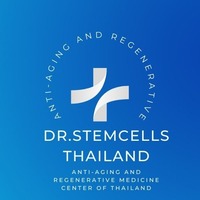Hyaluronic acid (HA) boosters
Hyaluronic acid (HA) boosters are topical serums, oral supplements, or injectable treatments designed to deeply hydrate the skin, improve elasticity, and enhance overall skin quality. Unlike traditional dermal fillers, most HA
Read More























